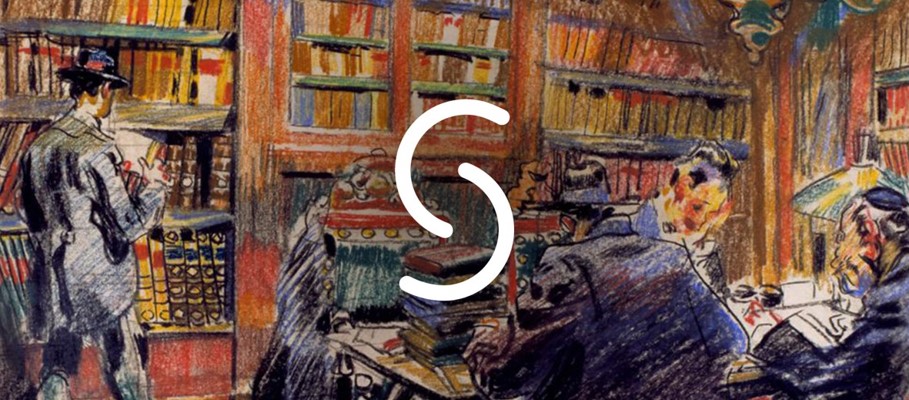Atti dei notai del distretto di Macerata
Item
-
Country
-
IT
-
Name of institution (English)
-
State Archives of Macerata
-
Language of name of institution
-
ita
-
Contact information: postal address
-
Corso Cairoli 175, 62100 Macerata
-
Contact information: phone number
-
0039 0733 236521
-
Contact information: email
-
as-mc@beniculturali.it
-
Reference number
-
ASMm, NM (Notai Macerata)
-
Type of reference number
-
Archival reference number
-
Title (English)
-
Acts of the notaries of the district of Macerata
-
Title (official language of the state)
-
Atti dei notai del distretto di Macerata
-
Language of title
-
ita
-
Creator / accumulator
-
Notai del distretto di Macerata
-
Date(s)
-
1449/1898
-
Language(s)
-
ita
-
lat
-
Extent
-
6,596 storage units
-
Type of material
-
Textual Material
-
Physical condition
-
Good
-
Scope and content
-
The vast collection designated Atti dei notai del distretto di Macerata (Acts of the notaries of the district of Macerata) is one of the most important documentary collections kept in the State Archives of Macerata. It preserves the documents produced since the 15th century by the exercising notaries in the city and territorial district of Macerata. According to Andreoni, through the analysis of the numerous documents preserved in this collection, it is possible to reconstruct the commercial activities and family relationships of the Jewish community of Macerata, as well as its relationships with other communities and local authorities (2012). Andreoni published the following document: ASMc, NM, not. Roberto de Robertis, vol. 507, fols. 2v-5r, March 1, 1548, “Meeting of the Jews at the synagogue of Macerata” (p. 143).
-
Archival history
-
The Atti dei notai del distretto di Macerata fonds is composed of a single series, divided chronologically according to the different notaries. In fact, this was the order in which the documentary materials were deposited in the State Archives. It contains the acts of the notaries of Macerata, Montecassiano, Montemilone (Pollenza), and Monte San Martino, as well as isolated protocols and loose acts of notaries from various other locations. The series is supported by an online inventory (2020) and four other inventories that can be consulted in the reading room. In addition to the 6,596 volumes of original acts, there are also 1,256 copies of acts from the 16th-19th centuries. At the beginning of the 20th century, a "Tabulario Diplomatico" (Diplomatic Tabulary) was formed within this notarial fonds. The "Tabulario Diplomatico" came to hold fragments of numerous manuscripts in Latin, Italian, Hebrew as well as other Oriental scripts, which had been reused to bind notarial protocols.
-
Tabulario Diplomatico, Frammenti di manoscritti ebraici ed orientali
-
Sources:
-
Documentary Heritage in the Official Website
-
Guida agli Archivi di Stato - Macerata
-
Administrative / Biographical history
-
There is evidence of notarial activity in the city of Macerata since, at least, the 15th century. However, it was only in the mid-16th century that a college of autonomous notaries, operating at the General Curia of the Marca, was established. In addition to the college, it was also established an archive intended to gather and preserve all acts of the exercising notaries in the city until then. During the Napoleonic occupation, the archive became a general archive for the entire department of Musone, one of the territorial districts in which the preceding State of the Church was reorganised. However, after the Restoration, the material returned to its previous locations. This caused inevitable dispersions and losses of records. In 1822, the entire notarial archive of Macerata was intended to become a central archive for the whole district, receiving the historical archives of other municipalities, such as Montecassiano. The same occurred after the unification of Italy when documentation produced by exercising notaries in the Monte Milone and Monte San Martino districts was also incorporated into the archive.
-
(source: Guida agli Archivi di Stato - Macerata)
-
System of arrangement
-
Records are arranged chronologically.
-
Finding aids
-
Four inventories available in the reading room.
-
Author of the description
-
Andrea Cicerchia, 2021
